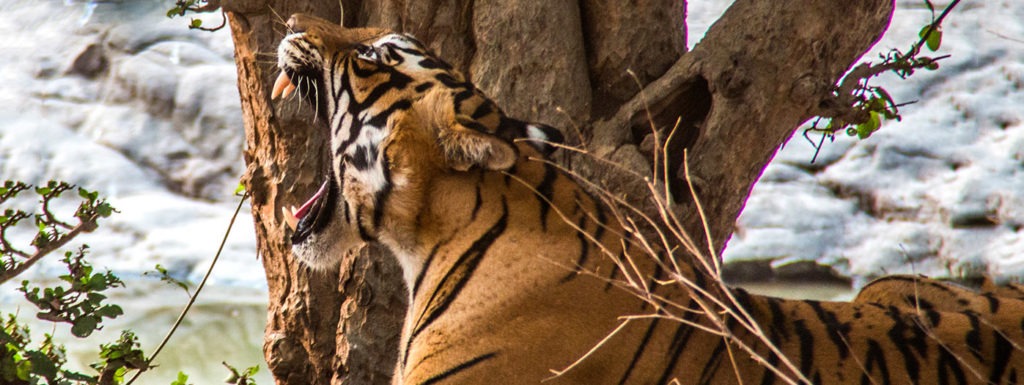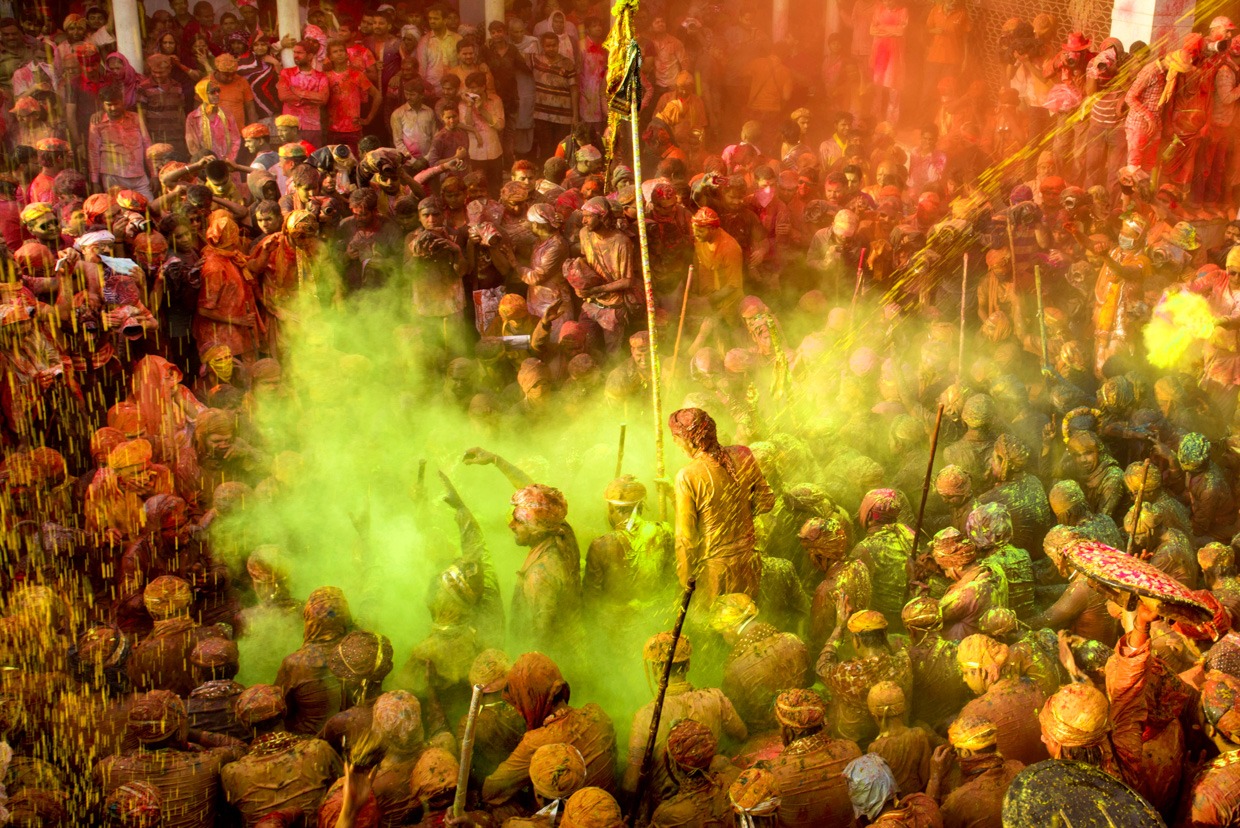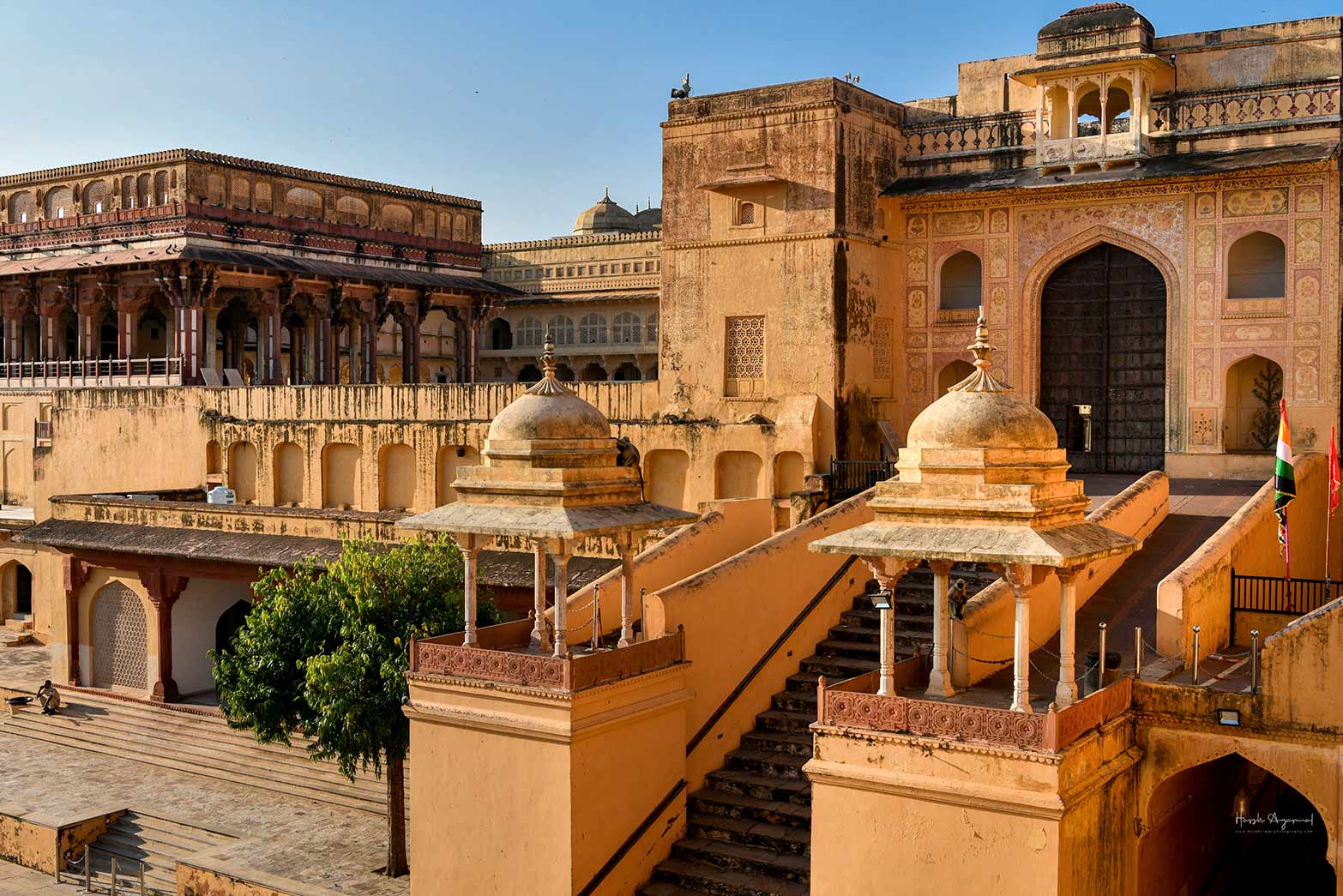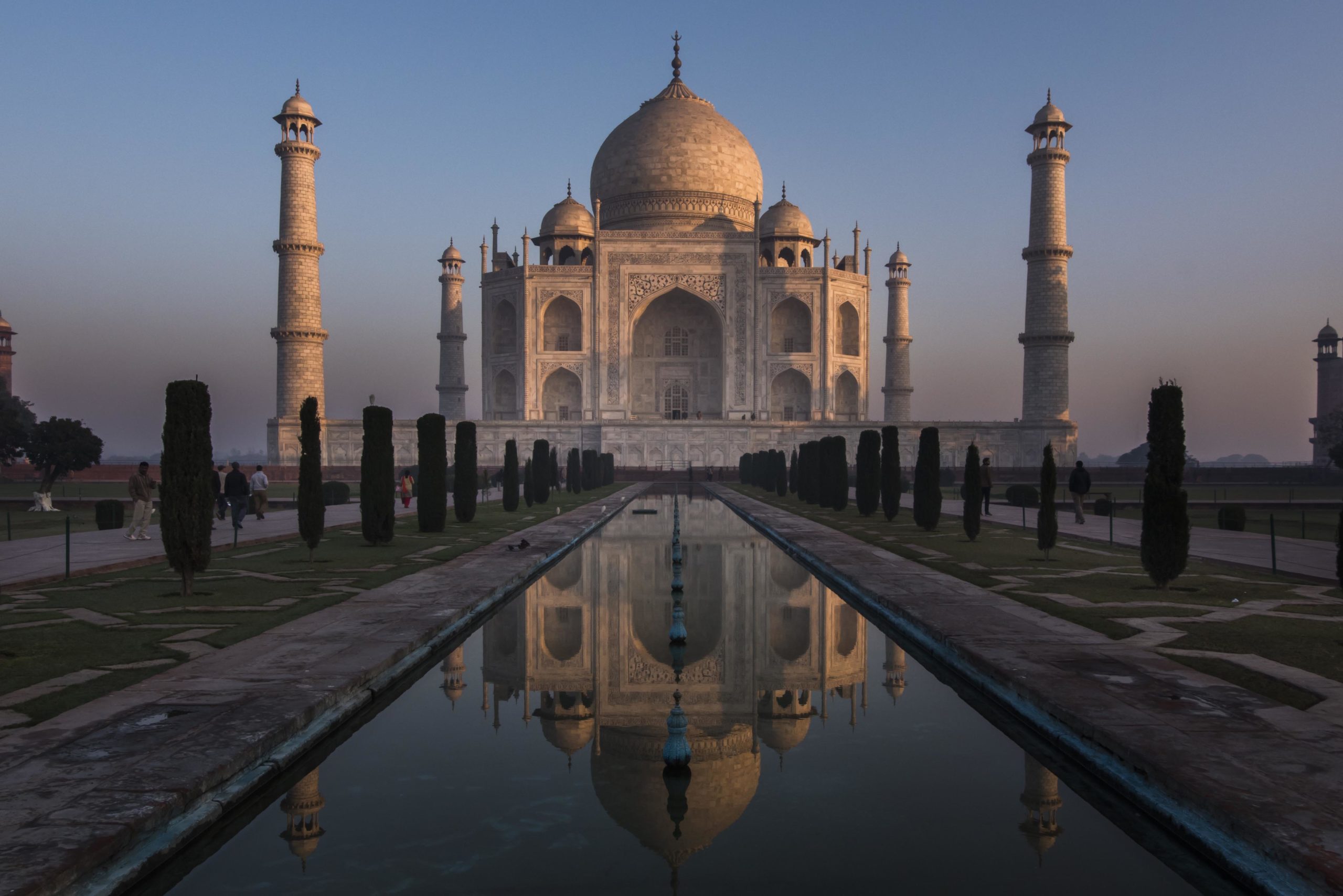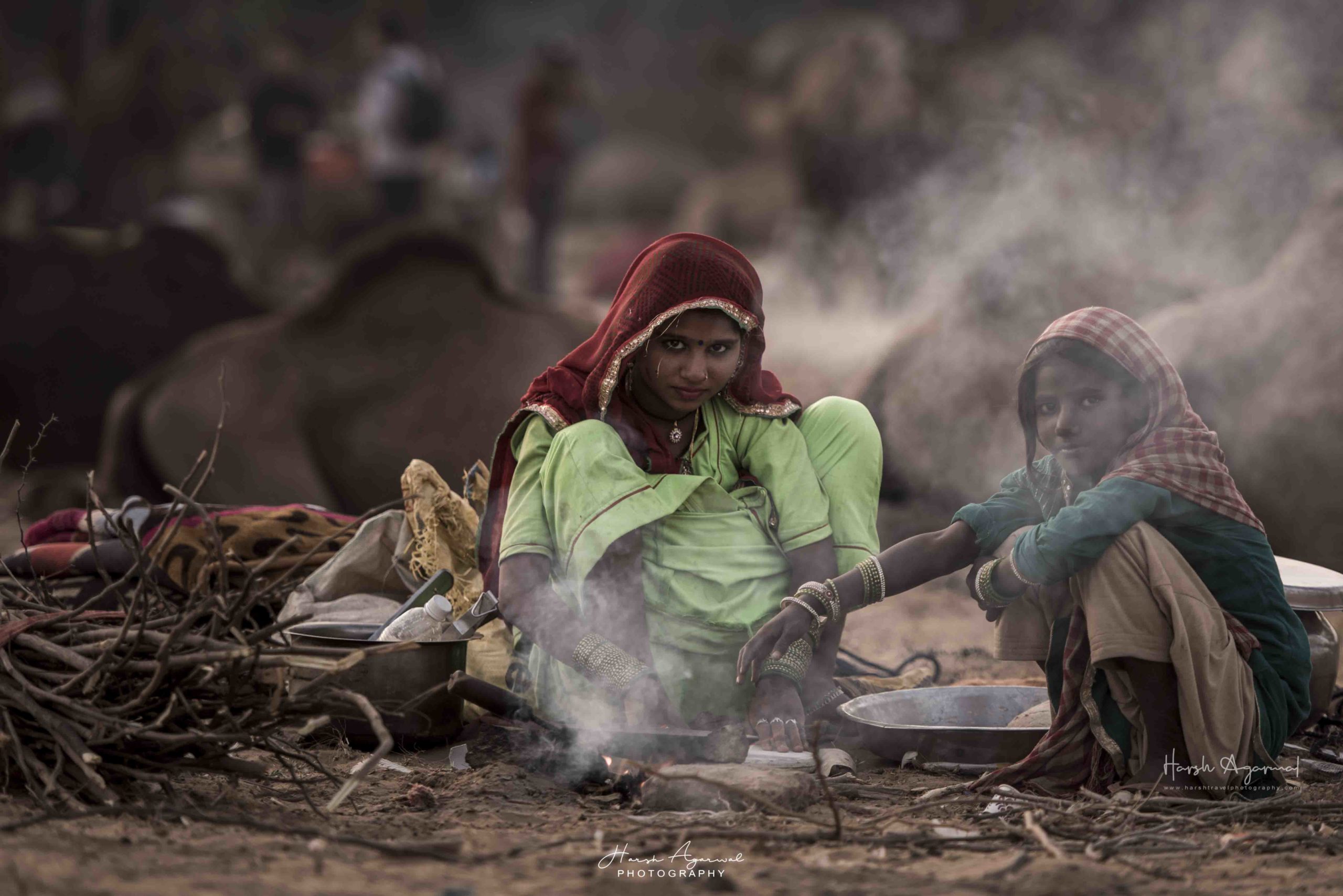Several photographers when on a Wildlife Photography Tour possibly don’t even contemplate their influence on the wildlife that they capture on their cameras, and many even consider animals to be mere models that are there for the taking, just to serve their photographic requirements. The sheer amount of stress they can cause to an animal is the last thing on their mind. By just becoming conscious of the influences they might have on animals, many photographers can do the wildlife a lot of services. Although most photographers are usually decent, there is a strict behavioral code that needs to be followed in the jungle. Here are key ethical practices that need to be adopted on a Wildlife Photography Tour –
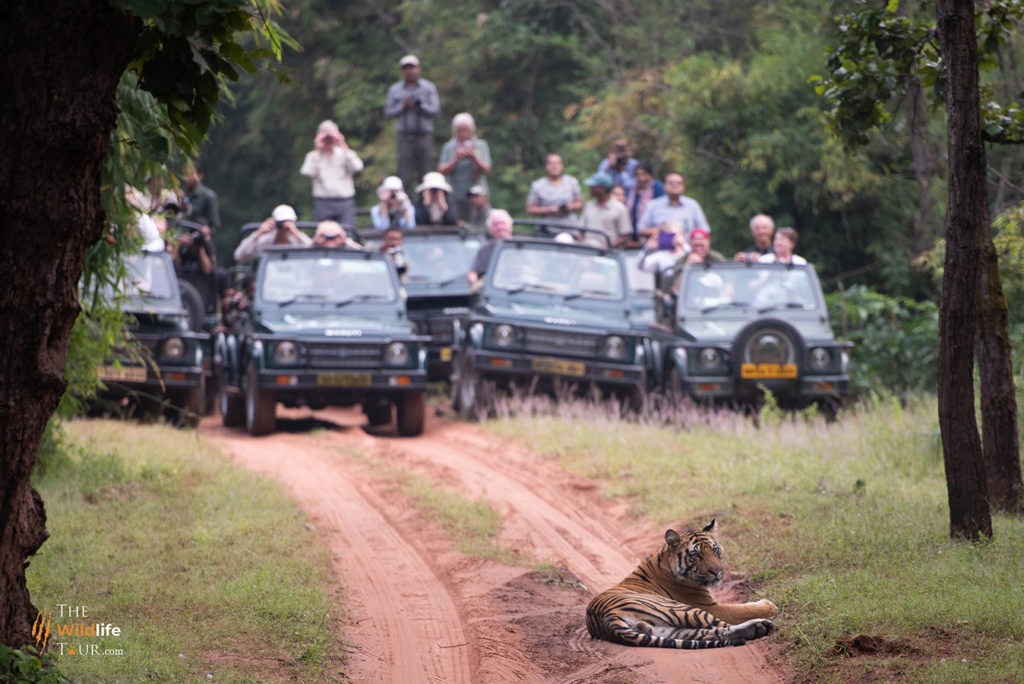
No Crowding
Overwhelming numbers of people or jeeps assembling around a wildlife sanctuary or a National Park is toxic behavior that needs to be condemned. There is no need for crowding in a safe spot. Refraining from purposely going too close to incite a growl or a charge from an animal is a part of this ethical code. Doing so can cause a tremendous amount of stress on an animal, disrupting its natural behavioral patterns such as hunting, nursing, and mating.
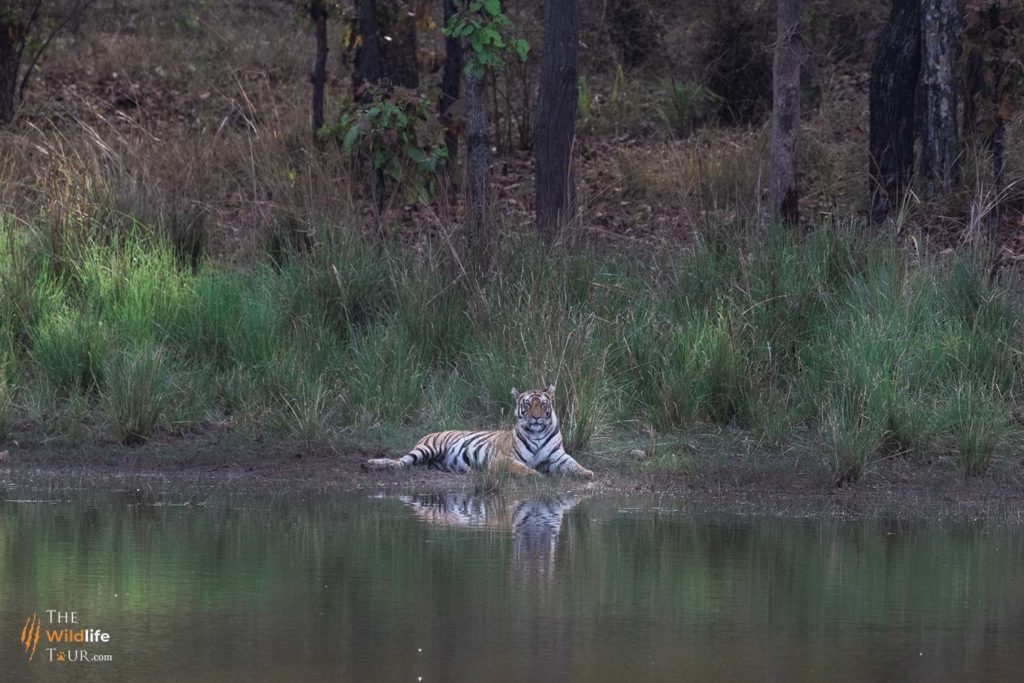
Avoid Nest/Den Photography
Photographing birds when they are in their nests or mammals when they are in their dens is a big no-no. It can cause severe stress on the animals, leading them to abandon their place of residence. Regarding mammals, such behavior from photographers frequently forces the parents to transfer their litter to other dens in search of privacy – a practice that is extremely unsafe for young animals. It may also alert poachers, making the animals vulnerable to attacks. Avoid nest/den photography. Also, manipulating or handling existing nests to photograph birds is highly immoral.
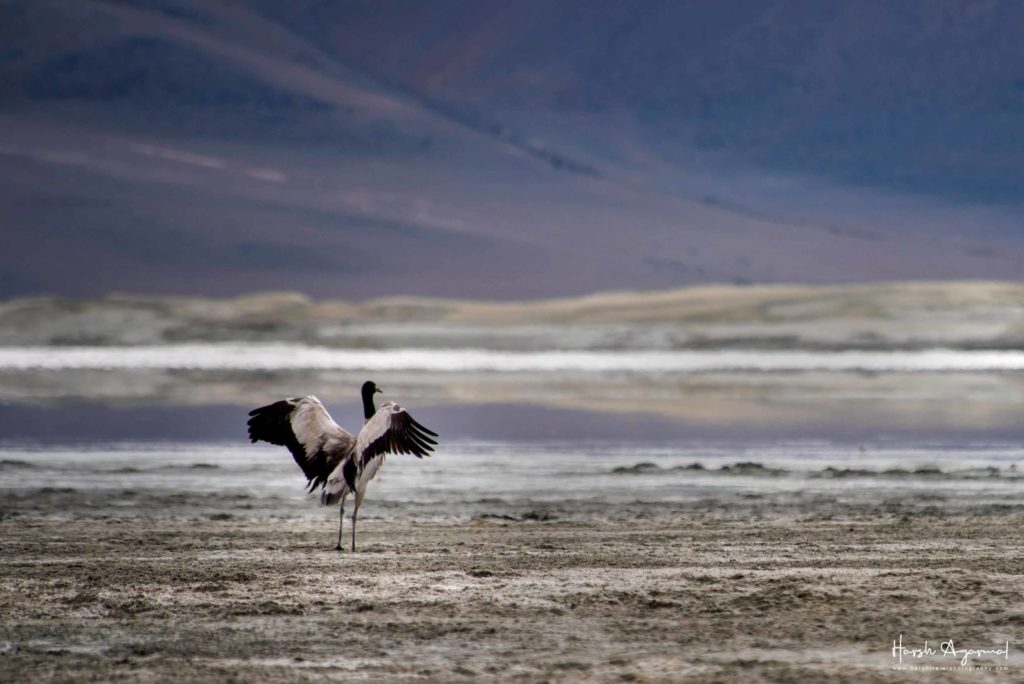
Taking Pictures of Nocturnal Animals
Nocturnal animals, particularly animals such as nightjars and owls have tremendously delicate eyes, and they can get provisionally blinded by intense flashes from the camera.
Environmentalists who analyze such creatures are required to use various diffusers and crimson filters on torches to curtail the effect of lights on the exceptionally delicate retinas of these creatures. The best solution is to avoid photographing these creatures altogether. However, if the Wildlife Photography Tour is for serious research purposes, using night vision video cameras and taking frame grabs from the video reel is the best way to go.
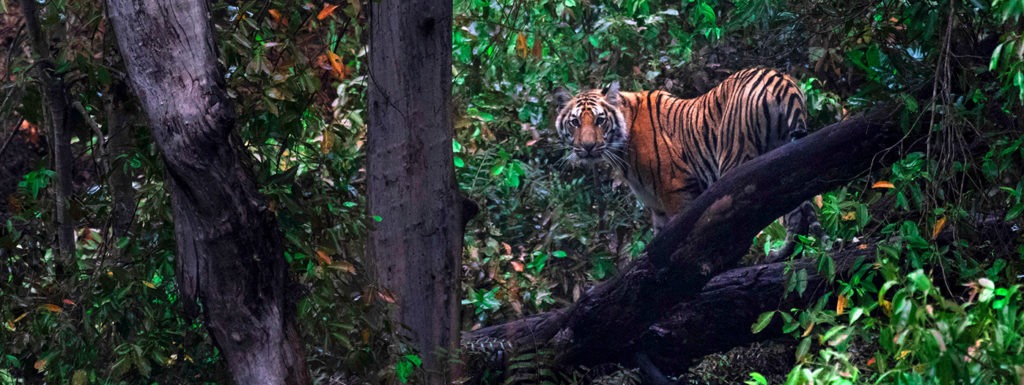
Don’t Go Chasing After Animals for the Perfect Shot
It may sound too cruel to be true, but a lot of photographers tend to chase animals on vehicles just to get a perfect picture. Unlike professional providers of Photography Tours in India, a lot of amateur photography groups have in the past chasing after wild animals causing tremendous strain to the animals.
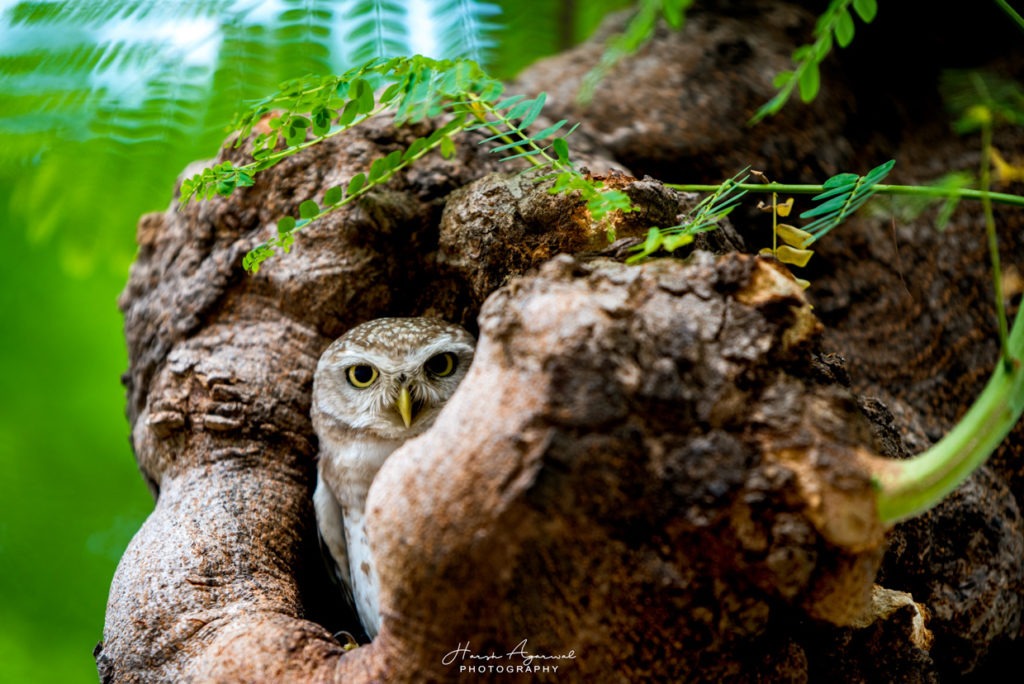
Planning a trip under the guidance of professional providers of Photography Tours in India and other exotic places is the ideal way of ensuring that no environmental harm is being caused.


